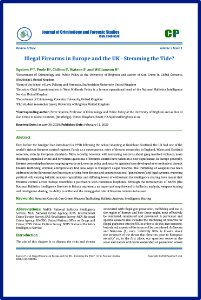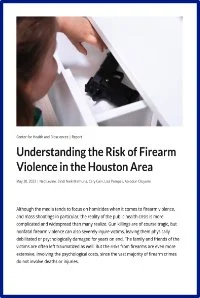by Sierra Smucker, Max Griswold, Amanda Charbonneau, Rose Kerber, Terry L. Schell, Andrew R. Morral
Among researchers, policymakers, and advocates, momentum is growing to better understand the impact of firearm laws on a variety of outcomes (e.g., suicide, crime, defensive gun use, homicide). There is also a growing interest in data that can shed light on these relationships. One source of these data is the National Instant Criminal Background Check System (NICS). This system includes information used in background checks, the number and type of background checks processed, and details on the number of and reason for denials when NICS finds that an individual is prohibited from purchasing a firearm. In this tool, researchers provide detailed information about data associated with NICS and discuss the data's strengths and weaknesses for various gun policy evaluation objectives. The researchers also outline the substantial limitations to interpreting these data to assist researchers in this field. Finally, they provide these data to researchers to encourage further exploration and evaluation of how NICS data might be used for policy analysis.
Santa Monica, CA: RAND, 2022. 65p.





















